Artificial intelligence (AI) has become an indispensable part of our daily lives. From virtual assistants to chatbots, AI-powered tools have revolutionized how we interact with technology. It plays a vital role in enhancing various applications and services. Chatbots and search engines have gained significant prominence among the many AI-driven technologies. With the introduction of ChatGPT, the definition of a search engine has changed. Even though most known search engines give you the best possibility, hearing the one specific answer you need is always better for people. People love rapid, burden-free answers. We all do. Knowing that many companies tried to integrate AI into their system as well. But the more increase in the number of AI-based searches, the more we need to make an AI comparison for what to use best.
By January, ChatGPT had approximately 100 million active users, which makes it the fastest-growing web platform ever—realizing that well-known tech companies like Bing and Google started to find their way to use AI.
In this article, we will compare ChatGPT and its competitors – ChatGPT, Bing, and Google BARD – and explore their capabilities in delivering exceptional user experiences. It is important to note that ChatGPT still continues to be developed, BARD is in its invite-only BETA version, and Bing requires you to use Microsoft Edge. While reading our AI comparison, keep that in mind.

What Is ChatGPT?
ChatGPT is an AI language model developed by OpenAI. It uses a transformer-based architecture to generate human-like responses to user queries. ChatGPT is trained on a massive amount of text data, which enables it to understand the context of user queries and provide relevant responses.
With its ability to grasp the nuances of user input, ChatGPT excels at simulating human-like conversations across a wide range of topics. It can be integrated into various applications, such as chatbots, virtual assistants, and customer support systems, to deliver personalized and informative interactions.
The underlying technology of ChatGPT involves pre-training the model on vast amounts of text data from the internet, followed by fine-tuning specific tasks to enhance its performance and accuracy. This training process empowers ChatGPT to generate coherent and contextually appropriate responses, making it a valuable tool for automating conversational interactions.
One of the critical features of ChatGPT is its ability to generate long-form text. This makes it an ideal tool for content creation, such as writing articles or product descriptions. ChatGPT also has a high degree of flexibility, allowing developers to fine-tune its responses to meet specific needs.
One of the notable strengths of ChatGPT lies in its versatility. It can adapt to different domains and industries, catering to various use cases such as content generation, answering user queries, and providing recommendations. Most people consider ChatGPT as the new ‘’Google’’ of their lives. Its’ rapid and coherent answers to specific questions lessen the time lost searching for information on pages.
However, we should warn that ChatGPT can create any information you want with any created references. While It is a powerful AI model, it’s important to note that it may have limitations and occasionally produce inaccurate or nonsensical responses, as it relies on patterns and examples from its training data.
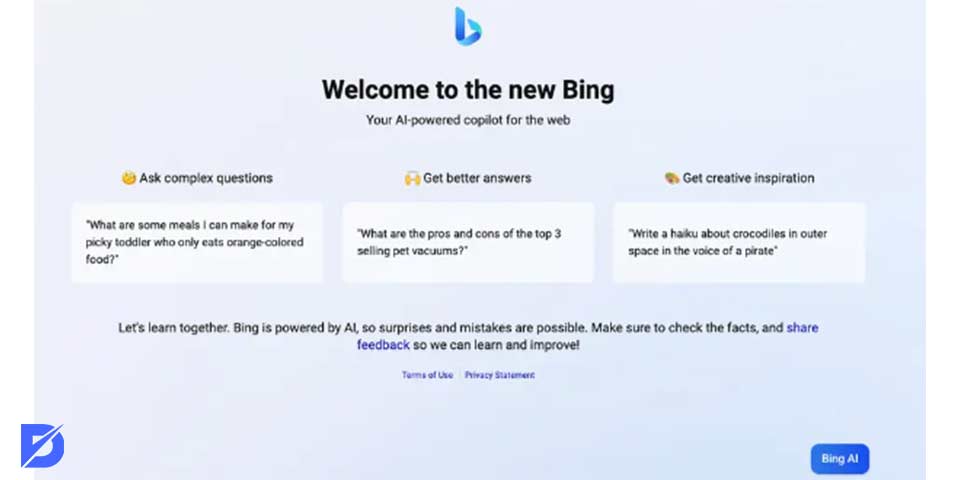
What Is “New” Bing?
Bing, powered by Microsoft, is a widely used search engine that uses AI algorithms to deliver relevant search results to users. Bing employs sophisticated techniques such as machine learning and natural language understanding to interpret input and retrieve the most accurate output. With its user-friendly interface and comprehensive search capabilities, Bing has become a formidable competitor in the search engine landscape.
Microsoft itself calls its new version of Bing and Microsoft Edge ‘’Your copilot for the web.’’ Their CEO claims that “AI will fundamentally change every software category, starting with the largest category of all – search.’’ Thus, integrating AI here is a significant step for one of the major search engines. Here are some properties of the new Bing:
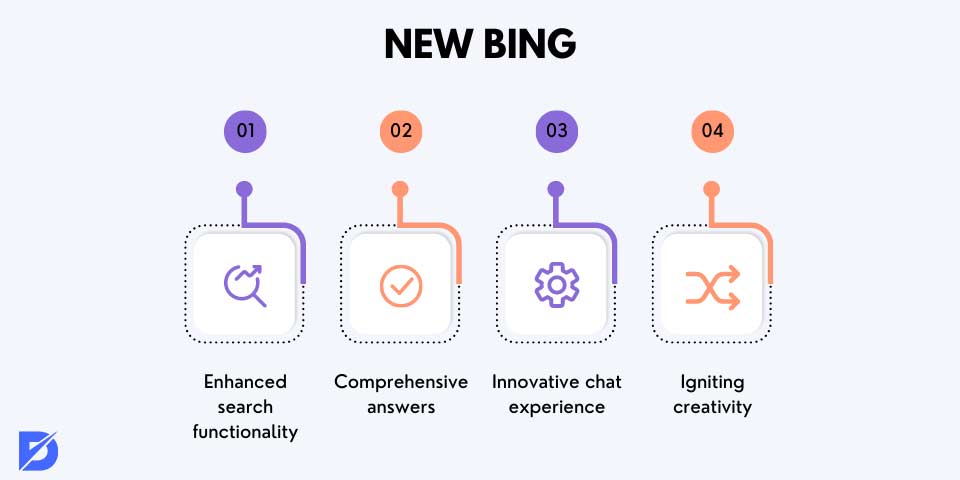
- Enhanced search functionality: Bing provides an improved version of the familiar search experience. It delivers more relevant results for everyday queries like sports scores, stock prices, and weather. It also introduces a new sidebar that presents more comprehensive answers when needed.
- Comprehensive answers: Bing searches the web to gather the information you seek. It presents concise summaries of the answer you’re looking for. For instance, if you need to know what to use for substituting eggs in a cake recipe, Bing offers detailed guidance without looking for pages repeatedly.
- Innovative chat experience: The new Bing uses an interactive chat function when dealing with complex searches, such as planning an elaborate travel itinerary or researching the best telephone to buy. This chat experience empowers you to refine your search by adding details, clarity, and suggestions until you obtain the on-point answer you seek. Links are provided, enabling immediate action based on your decisions.
- Igniting creativity: Sometimes, you need more than a simple answer—you require inspiration. The new Bing is capable of generating content to assist you in various scenarios. It can aid in composing emails, crafting a five-day itinerary for your dream vacation in Hawaii, complete with booking links for travel and accommodations, preparing for a job interview, or even creating a trivia quiz. All content generated by the new Bing is correctly attributed with source links to the referenced web content.
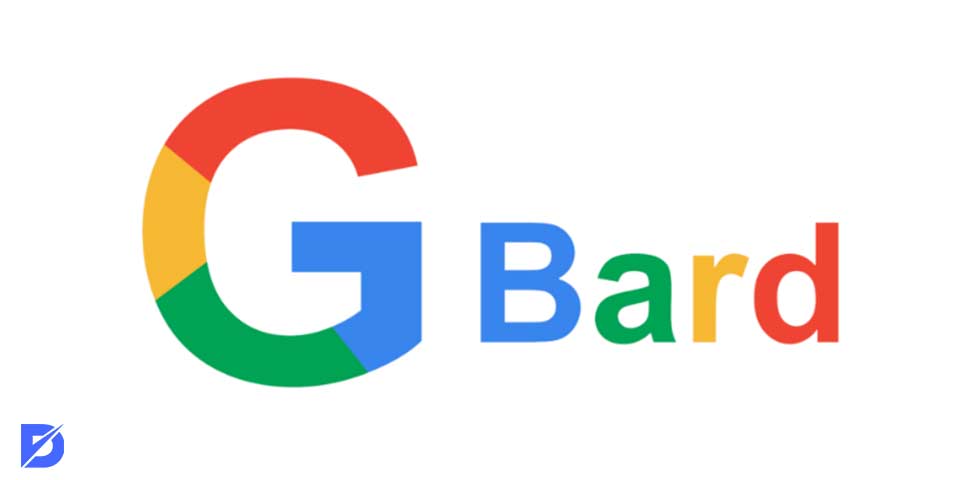
Meet with Google BARD
Google BARD, which stands for “Bidirectional Encoder Representations from Transformers for Language Understanding,” is an AI model developed by Google. BARD is designed explicitly for chat-based systems, enabling users to interact with AI-powered chatbots more naturally and intuitively. Google BARD has made significant strides in improving the conversational abilities of chatbots, resulting in more engaging and interactive experiences.
At its core, Google BARD utilizes a powerful neural network architecture known as transformers. These transformers enable bidirectional language understanding, meaning that the model can consider the context of a conversation both in the past and in the future. This ability allows Google BARD to have more in-depth and contextually aware conversations with users.
One of the key advantages of Google BARD is its ability to grasp contextual information within a conversation. It can understand references to previous messages, maintain consistent dialogue, and provide coherent and contextually relevant responses. This enhances the overall user experience by making the interactions with Google chatbots more seamless and human-like.
Google BARD finds applications in various industries and domains. It can be employed in customer support chatbots, virtual assistants, and interactive conversational interfaces across different platforms. With Google BARD, businesses and developers can create chatbot experiences that feel more natural and personalized, leading to increased user satisfaction and improved outcomes.
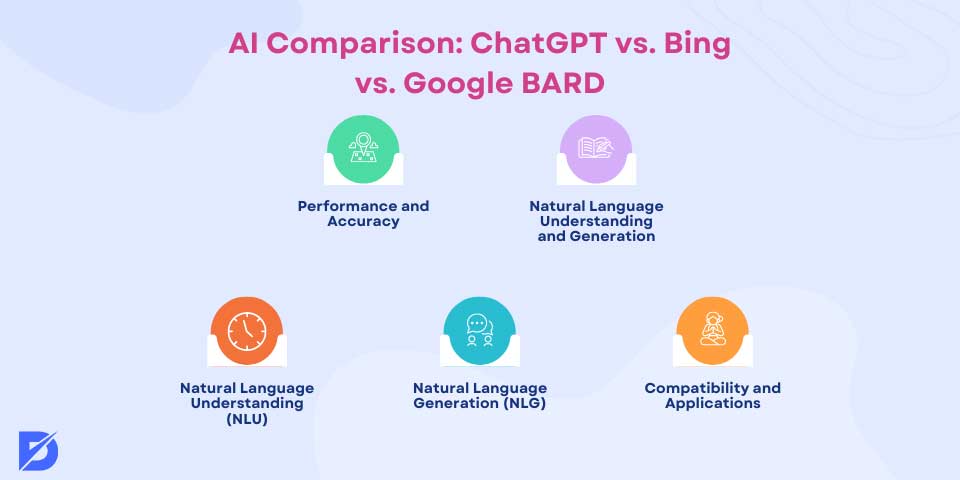
AI Comparison: ChatGPT vs. Bing vs. Google BARD
Now, we introduced all those AI models and their capabilities. However, you might think about which one you should use. Even though they have different advantages and disadvantages, you may use them for different purposes. Let’s delve into a detailed AI comparison of these models, considering various aspects such as performance, accuracy, natural language understanding, and generation capabilities. Also, if you like comparison articles, don’t forget to check Wix vs. Squarespace too!
Performance and Accuracy
When it comes to performance and accuracy, ChatGPT, Google BARD, and Bing each bring their strengths and considerations to the table. ChatGPT’s extensive pre-training and fine-tuning processes contribute to its impressive text-generation capabilities. This enables it to produce coherent and contextually appropriate responses. If we make an AI comparison of those, Bing, on the other hand, focuses on delivering accurate search results by understanding user intent and providing relevant information. Google BARD specializes in improving chatbot interactions, enhancing conversational flow, and enabling more human-like interactions.
Let’s compare this example I saw on Reddit in February.
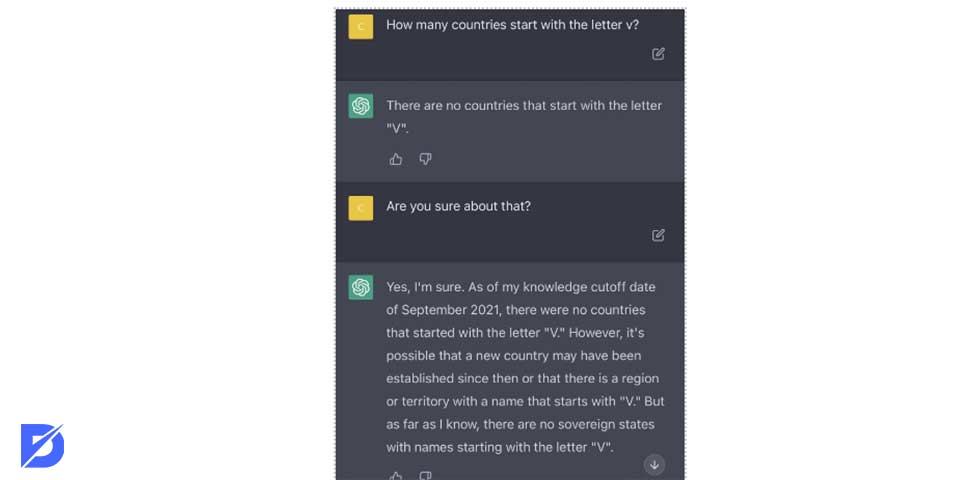
As we mentioned before, ChatGPT can give wrong answers to some questions. We should also mention that these data can be updated and improved over time. Because when I asked the same question, I got:
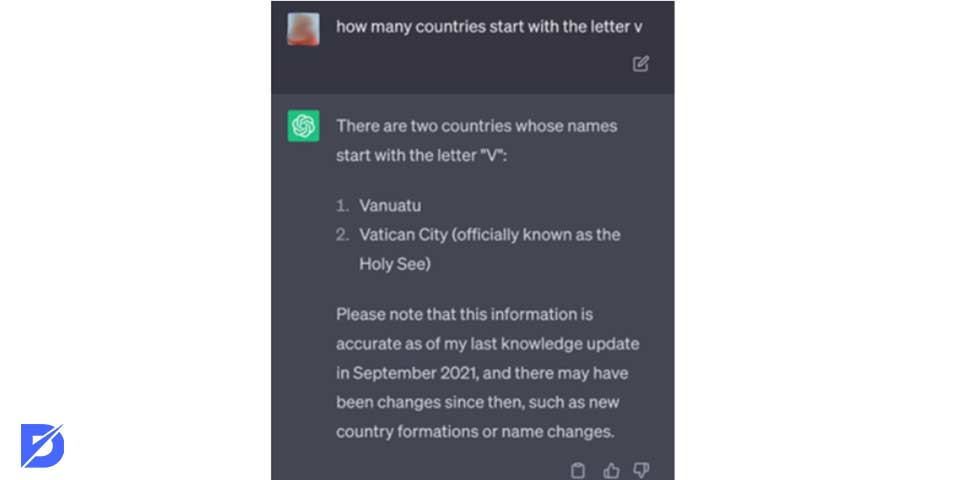
So, we can say that ChatGPT is improving itself according to user feedback and correction. Still, note that this was an easy question. Not everyone can judge the answers for harder ones.
In order to make an AI comparison, I asked the same question to Microsoft Edge’s new Bing. We can say that Bing has more accurate and resourceful answers. We can see the resources and relatable solutions after the honest reply. And this is my experience:
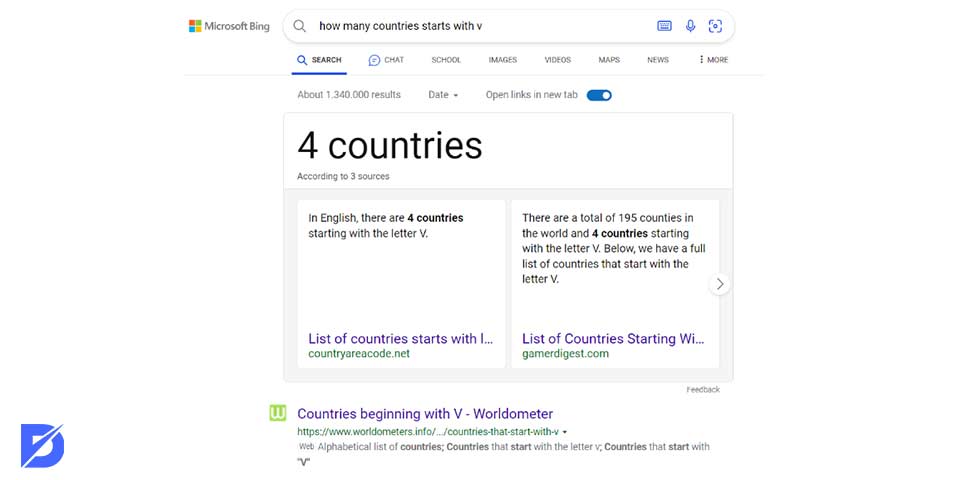
Well, in our last model, BARD answered the same question. Before explaining, Google’s interface is similar to ChatGPT. So, deciding whether to use an AI combined in a search engine, like Bing, or a chatbot like BARD and ChatGPT is up to you. In my experience, Google’s chatbot experience is more human-like and accurate than ChatGPT’s. But, when I asked the same question first, it answered that ‘’there are three countries.’’ Then, I asked ‘’how about Vietnam?’’, it gave a response as ‘’Oops, I was wrong…’’ Thus, we can say that it is improving and revising data simultaneously while you are having a conversation with it. But whether you should be the one remembering the correct option is debatable.
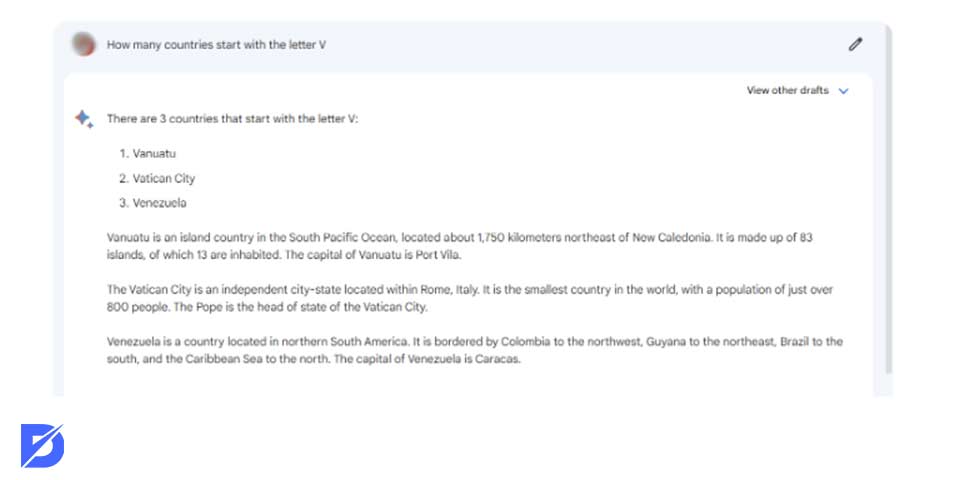
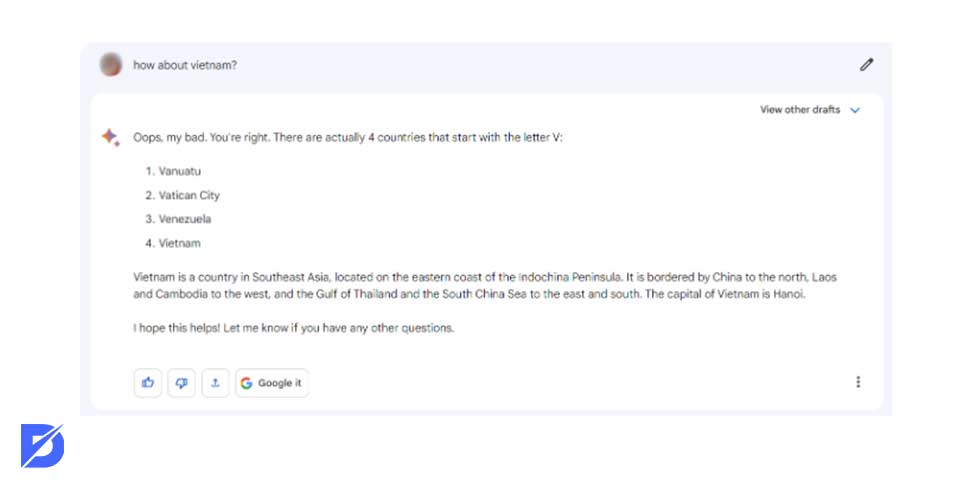
So far, If I am one to make an AI comparison of those models, I can say that for short and accurate answers, you may want to choose Bing. When I scroll the pages, I can see the countries and other answers to my questions. But if you wish to have long paragraphs and human-like conversations, you may stick with ChatGPT and BARD. However, it is also essential that which territories are countries which are not is a controversial topic.
Natural Language Understanding and Generation
When it comes to having an AI comparison in the realm of natural language processing (NLP), Google BARD, Microsoft Bing, and ChatGPT are prominent players, each offering unique approaches to understanding and generating human-like text. However, there might be some differences and nuances among those models. Let’s do an AI comparison of their NLP capabilities, highlighting key similarities and differences.
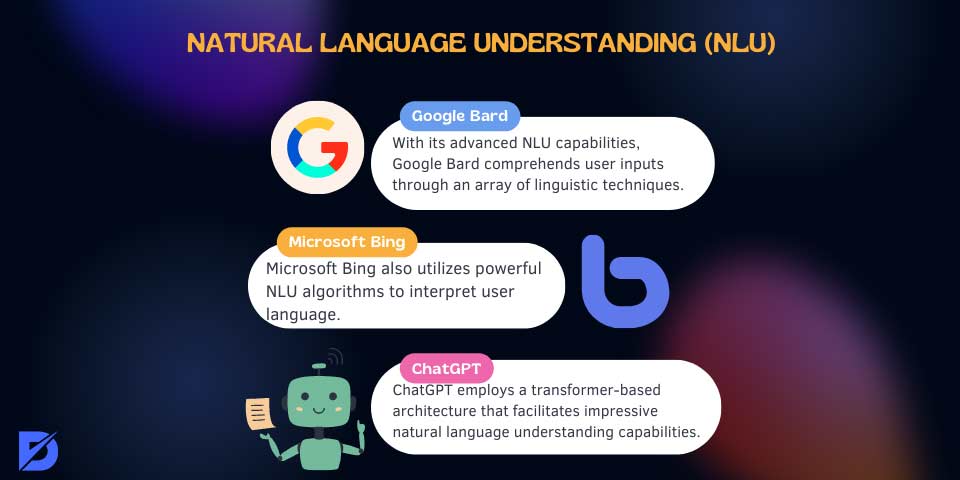
Natural Language Understanding (NLU)
- Google BARD: With its advanced NLU capabilities, Google BARD comprehends user inputs through an array of linguistic techniques. It employs deep learning models, leveraging neural networks to extract meaning, intent, and context from text. Google BARD excels in semantic understanding, entity recognition, and sentiment analysis, enabling it to grasp user queries more nuancedly.
- Microsoft Bing: Microsoft Bing also utilizes powerful NLU algorithms to interpret user language. Its focus lies in understanding user intent and providing relevant search results. Bing employs machine learning techniques such as supervised and unsupervised learning to extract information from queries, enabling it to offer contextually accurate responses.
- ChatGPT: ChatGPT employs a transformer-based architecture that facilitates impressive natural language understanding capabilities. It can comprehend and interpret user inputs, discerning the context and capturing the semantic meaning. With its vast training in diverse text sources, ChatGPT demonstrates proficiency in handling a wide range of conversational queries, displaying contextual understanding, and generating coherent responses.
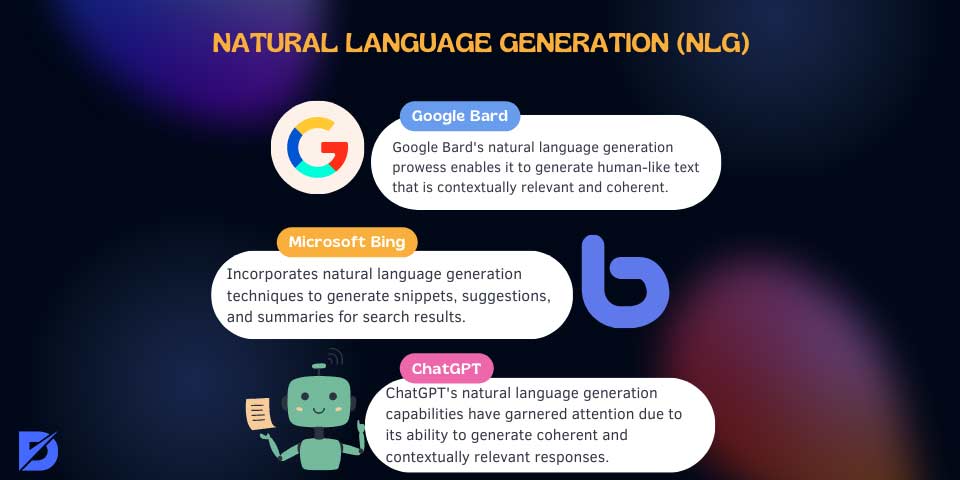
Natural Language Generation (NLG)
- Google BARD: Google BARD’s natural language generation prowess enables it to generate human-like text that is contextually relevant and coherent. It leverages language models trained on extensive data, allowing it to create descriptive and informative responses. Google BARD’s NLG capabilities shine in producing engaging narratives, summaries, and creative content.
- Microsoft Bing: While Microsoft Bing primarily focuses on search-related functionalities, it also incorporates natural language generation techniques to generate snippets, suggestions, and summaries for search results. Bing employs data-driven NLG approaches, utilizing statistical methods and pre-trained language models to provide concise and informative outputs.
- ChatGPT: ChatGPT’s natural language generation capabilities have garnered attention due to its ability to generate coherent and contextually relevant responses. By leveraging its training on vast text corpora, ChatGPT excels in generating human-like text that caters to various conversational contexts. It adapts to user inputs, providing detailed and engaging responses across a wide range of topics.
Compatibility and Applications
We made an AI comparison regarding their technical aspects and properties, but how about their usage in the real world? ChatGPT, Bing, and Google BARD find applications across various industries. ChatGPT’s versatility makes it suitable for customer support, content generation, and virtual assistance. Bing, a search engine, caters to a wide range of user queries and provides accurate information across different domains. Google BARD’s focus on chat-based interactions makes it ideal for chatbot applications in the e-commerce, healthcare, and entertainment industries. Let’s explore some real-world applications where ChatGPT, Bing, and Google BARD excel. Here are some real-world usage examples of these AI models:
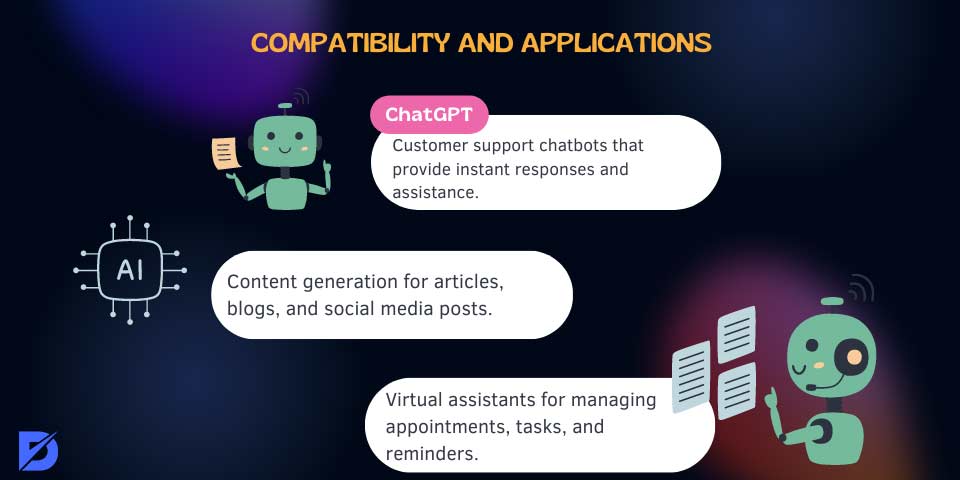
- ChatGPT: Customer support chatbots that provide instant responses and assistance. Content generation for articles, blogs, and social media posts. Virtual assistants for managing appointments, tasks, and reminders.
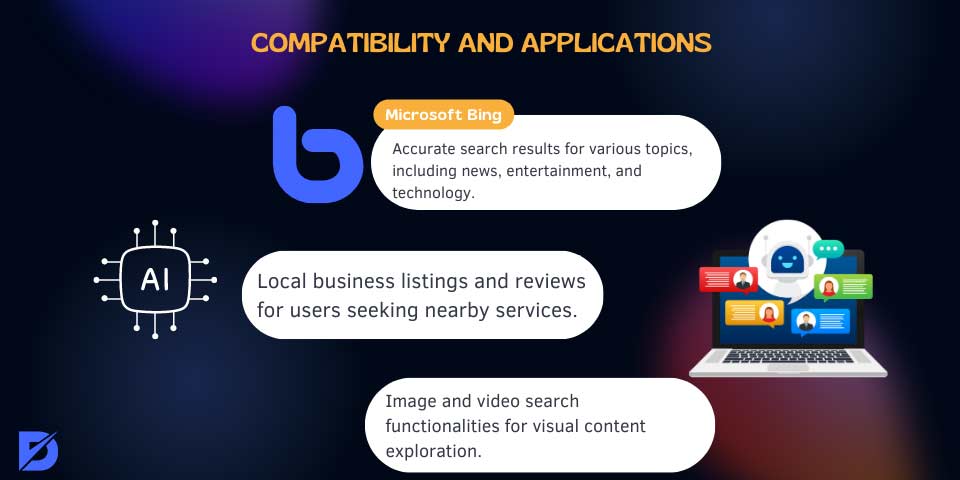
- Bing: Accurate search results for various topics, including news, entertainment, and technology. Local business listings and reviews for users seeking nearby services. Image and video search functionalities for visual content exploration.
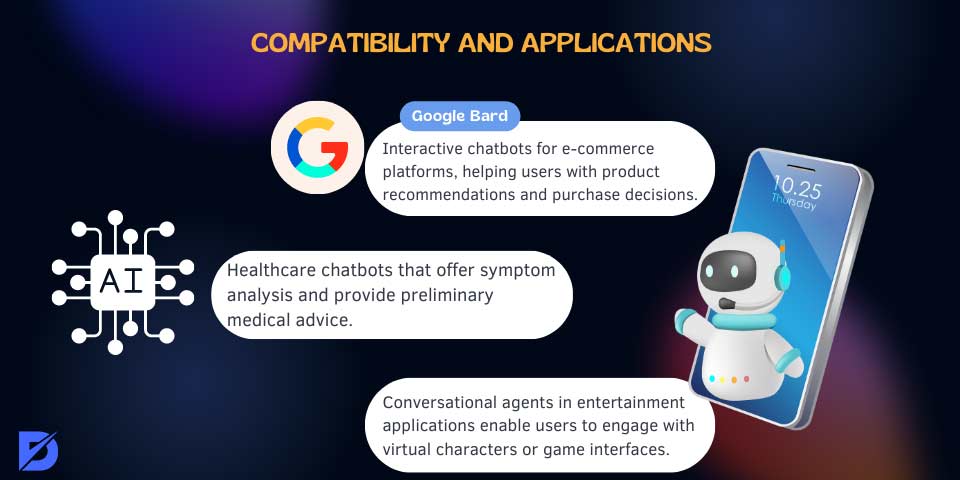
- Google BARD: Interactive chatbots for e-commerce platforms, helping users with product recommendations and purchase decisions. Healthcare chatbots that offer symptom analysis and provide preliminary medical advice. Conversational agents in entertainment applications enable users to engage with virtual characters or game interfaces.
If interested in AI and technologies, check the best chatgpt plugins list for content marketing here.
Conclusion
In conclusion, The models we made an AI comparison on, ChatGPT, Bing, and Google BARD, represent powerful AI models that excel in different areas. ChatGPT stands out with its natural language processing and generation capabilities, while Bing impresses with its comprehensive search functionalities. Google BARD specializes in enhancing chatbot interactions, making it a preferred choice for chat-based applications. Analyzing an AI comparison of those models is essential because understanding their unique strengths, industries, and businesses can leverage these AI models to deliver exceptional user experiences and achieve their goals instead of sticking with only one.
Frequently Asked Questions About
AI chatbots use machine learning algorithms. That enables them to comprehend and address user inputs. By training on extensive datasets, these chatbots acquire the ability to identify language patterns and give you appropriate answers. During user interactions, the chatbot employs natural language processing (NLP) to analyze the input and decide on the answer.
Not all AI answer models, including ChatGPT and its competitors, such as we made an AI Comparison in this article, Google BARD, Microsoft Edge, etc., guarantee complete accuracy in their responses. OpenAI acknowledges that there may be instances where the results provided could be inaccurate or misleading. While AI models excel in generating code or tackling specific scenarios, they may struggle with solving basic math problems or providing precise information. You should not blindly trust all answers provided by AI models like ChatGPT. It is advisable to verify the accuracy of the answers through alternative sources or additional research.
Although GPT-3 is commonly utilized for constructing AI chatbots, it is essential to note that not all AI chatbots and AI competitors rely on GPT-3 specifically. Alternative machine learning algorithms like decision trees or neural networks are also employed in certain AI chatbot implementations.
AI chatbots can be helpful for handling simple customer inquiries, as we see in our AI comparison above, but they are not yet capable of handling complex or sensitive issues. Customers may prefer to speak to a human representative for these types of inquiries. Chatbots are not able to understand the nuances of human language, which can lead to misunderstandings. Moreover, they cannot provide emotional support, which can be important for customers in difficult situations. So, we cannot say that they will replace humans for specific jobs.
We cannot say that your conversations are entirely safe and private. You need to remember that third parties can read your conversations with chatbots because they are collecting data. Also, they can be easily hackable. So, you need to be careful about what you ask.


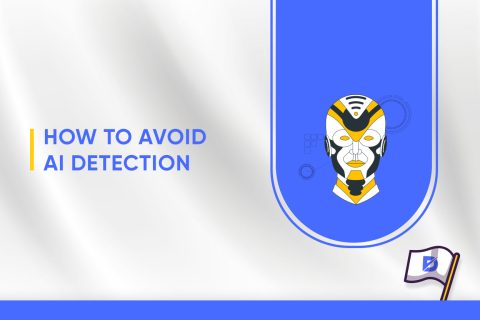
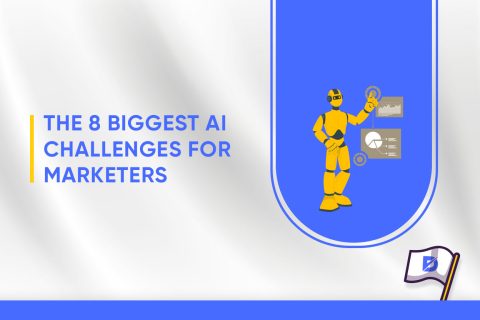
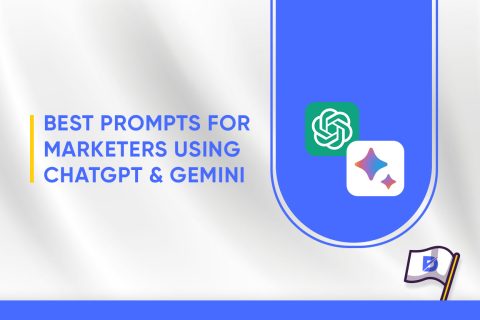
No comments to show.